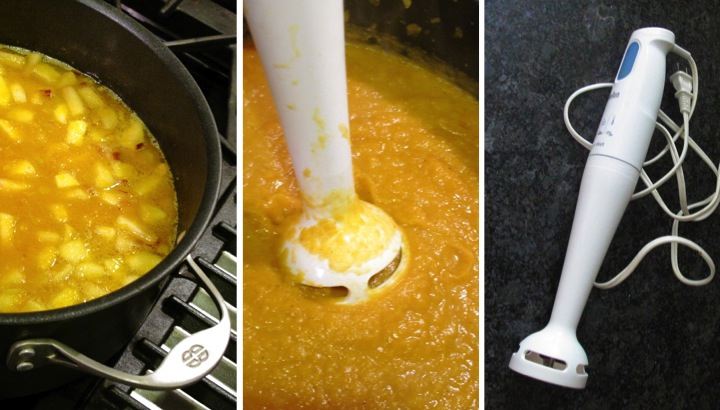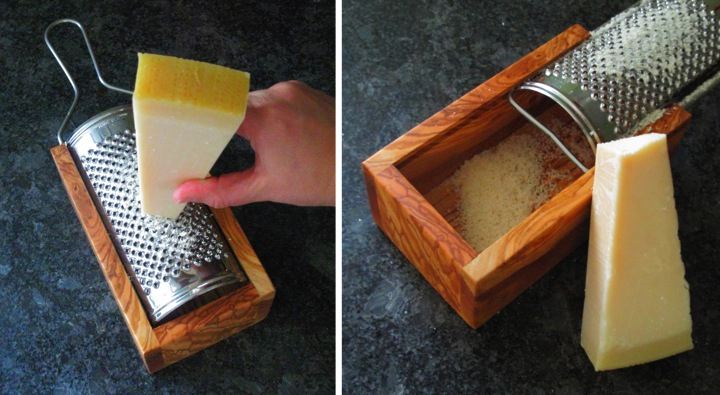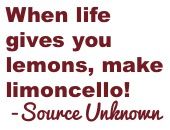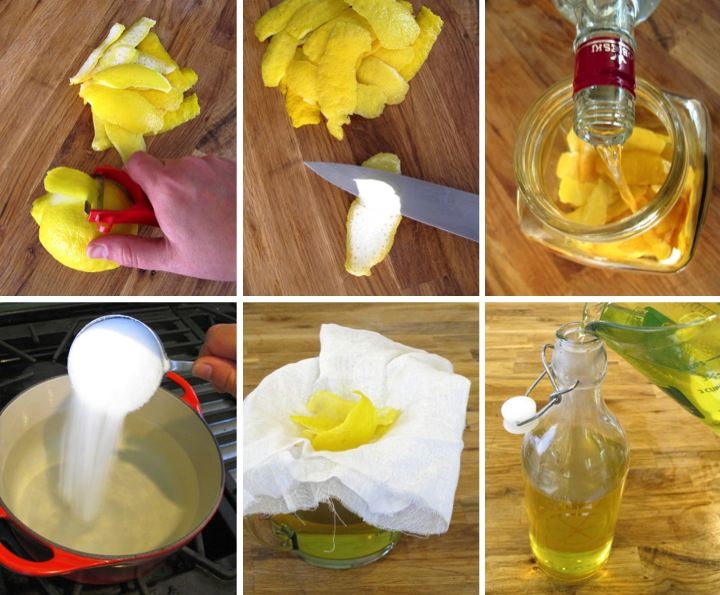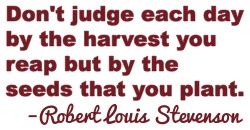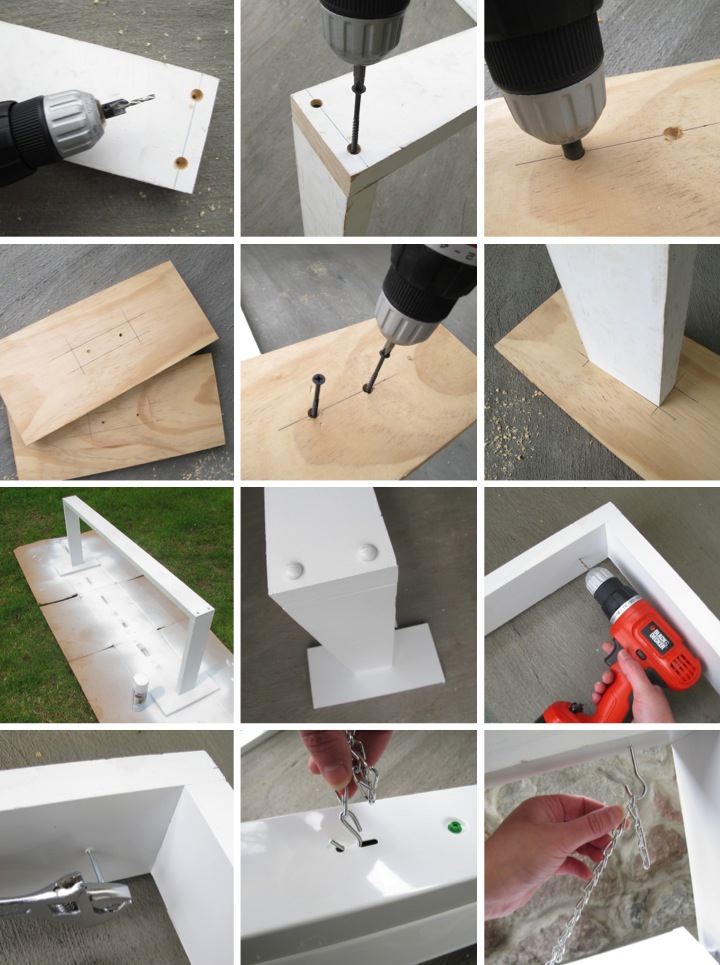After I moved home from Japan at the end of April 2009 the first thing that I tackled (after I repainted my living room) was to make a vegetable and herb garden along the side of my house. With my backyard almost completely in shade it was really the only place to put it.
I hauled extra rocks from my backyard stone bed to edge a 4' x 30' plot for my vegetable and herb garden. Some of those rocks (actually just about all of them) were really heavy and I thought it was going to kill me. I couldn't pass up using them though since they tied in with my front and back beds, plus they were free and who can resist that! With the border set I then removed the grass, rototilled (is that a word?) the plot and set about planting all sorts of goodies. 
I made an A frame trellis out of bamboo in the back part of the garden and planted pumpkins and squash to climb it. That was an epic fail and I killed all of those plants. In the front part I planted a bunch of different herbs and tomatoes which did well, so that partially made up for it. I also planted a border around the whole garden of marigolds. This was an homage to my great-grandmother who would always do the same. She said that the "stinky flowers," as she called them in reference to their pungent smell, kept bugs away. I loved how pretty the bed looked with the marigolds, but with the plot being so narrow they took up a lot of my available space. Somehow I never took any pictures of my garden that year which is a huge bummer.
The next summer (2010) I took down the A frame trellis but kept a bamboo teepee trellis I built. Some of the herbs I planted the year before, like sage and chives, came back again and grew to be quite healthy plants. I had so much sage, in fact, that I dried it and made little jars of hand rubbed sage for Christmas gifts that winter. I also planted some more herbs, tomatoes and peppers which all did well. My only big fail that year was a rhubarb plant that I killed. I also planted things too close together so the garden looked a little overgrown by the time fall arrived.

Last summer (2011) I decided I needed a little more organization to my garden. I had previously just planted rows of things wherever I liked so my perennials were scattered around the garden. I decided I wanted to put all of the perennials in the back and the annuals all up front. This required some transplanting and my enormous sage plant didn't survive the relocation unfortunately.
My other herbs and vegetables all did well with the exception of my scarlet runner beans. I planted them to climb up my teepee trellis and they grew fabulously for the first half of the summer. Then one day I went out to my garden and saw that a little critter had nibbled right through one of the vines close to the ground and killed the plant. A few days later it happened to another one, then another, until all four of them were killed. Very sad!
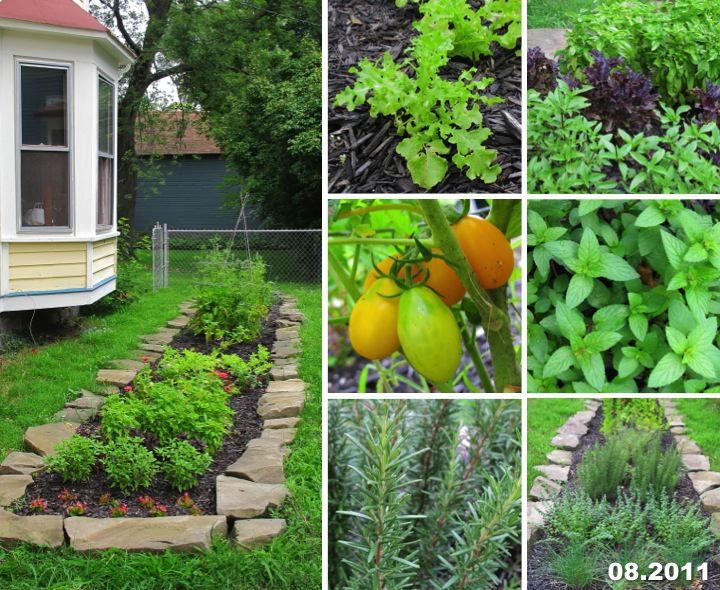
This year spring came while I was on Italy and tons of little weeds sprouted during the eighty degree heat wave in Ann Arbor. My garden bed was a mess full of weeds, remnants of dead leaves from fall and grass growing up between the stones of my border. For the first few weeks after I came back I kept putting it off because it was such a mess that I was completely discouraged and just didn't want to touch it.
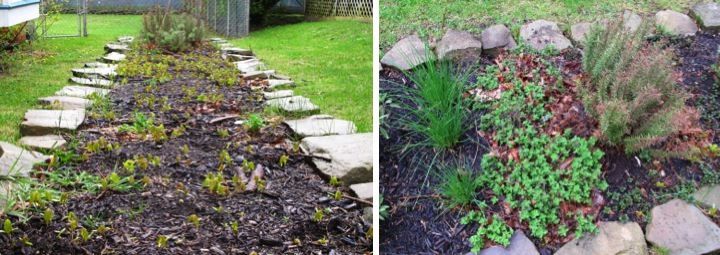
On Sunday I decided I finally needed to get my bum in gear. I was just getting over a bad cold I caught in Las Vegas last week, but something had to be done so I sucked it up and got to work. It was in the seventies and had rained the night before so it was perfect time for weed pulling since it was warm and the ground was soft. I dread pulling weeds so anything that makes it a little easier is a plus.
The grass growing up between the rocks is also always a pain and a few times every summer I lift up the stones so I can pull out the grass that has developed roots under them. The stones look pretty but are a lot of maintenance because of this. In the long term my plan is to replace my chain link fence around my backyard with a wood privacy fence and replace the gate with an arched trellis. I then want to make a shorter wooden fence around my vegetable and herb garden and replace the grass enclosed by this area with stones. I think it will look really pretty, keep out pesky rabbits and squirrels that munch on my garden and eliminate the grass between the stones problem. Someday...(sigh!) Until then I just have to be a weeding machine.
Anyway, after a few hours I was very sore but had the garden all cleaned up and looking nice again. Now I need to work in some peat moss into my soil and I'll be ready to get to the fun part of planting.
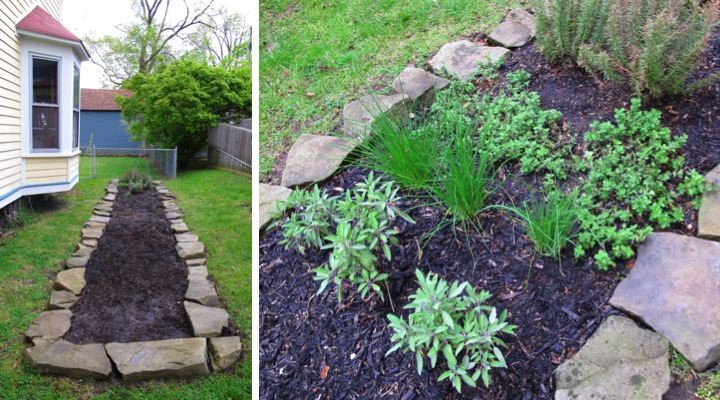
How are your garden plans coming along this spring? Do you hate weeding as much as I do? How has your garden evolved over the years? Did your great-grandma call marigolds "stinky flowers"?
After making my limoncello I couldn't just store it in any old bottles so I decided to gussy up some bottles that I bought at Ikea with some glass etching.

to the bottle over the design area not masked by the vinyl. The etching cream is corrosive so it is important to take safety precautions by using gloves and protecting your work surface. Also with the round bottle I had problems with the cream sliding down the side so I had to keep an eye on it and wipe drips before they went past the vinyl and onto the glass.
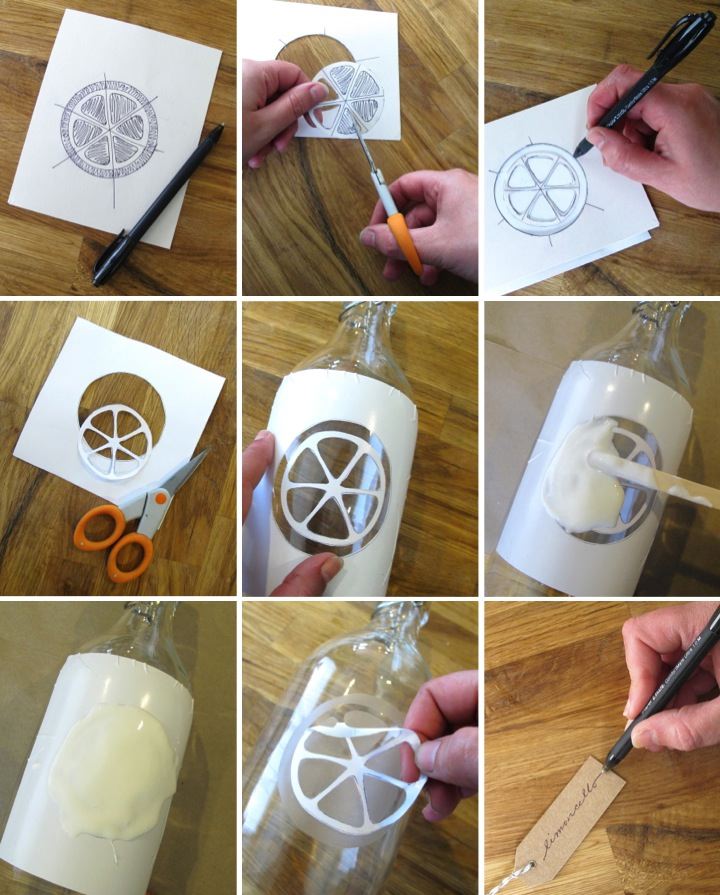

 Thursday, April 19, 2012 at 12:58PM
Thursday, April 19, 2012 at 12:58PM

